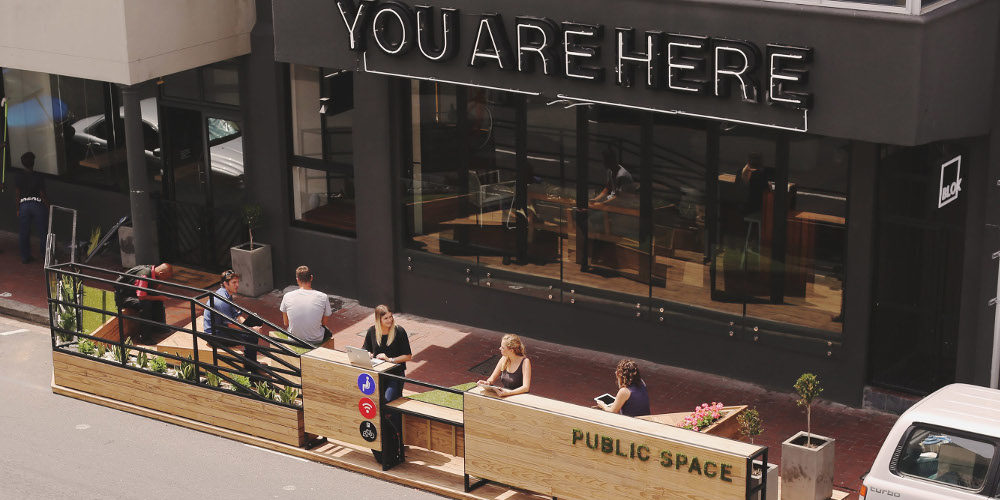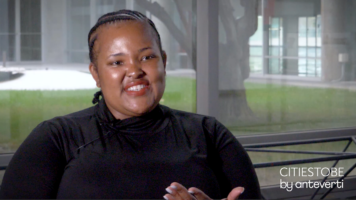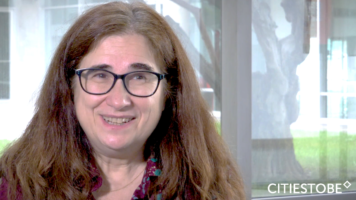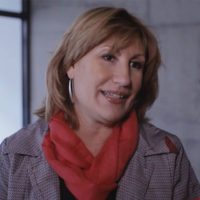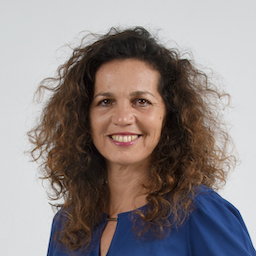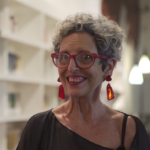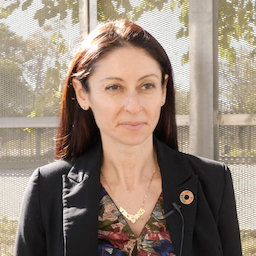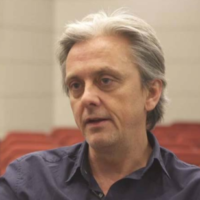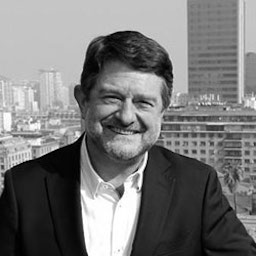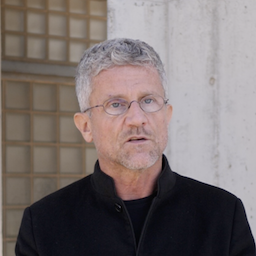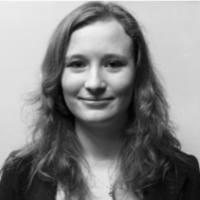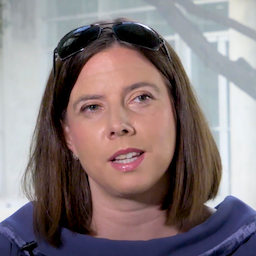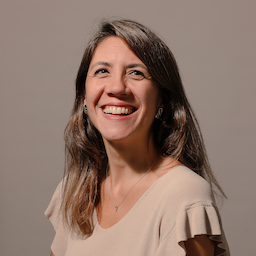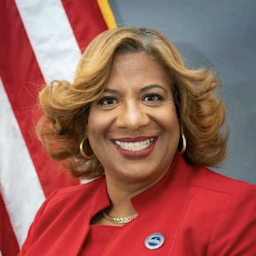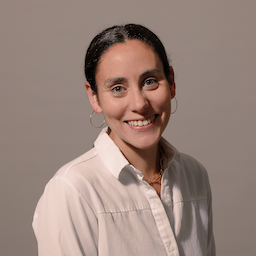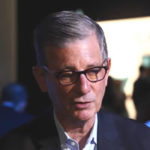Public Spaces in African cities
By | 2017
African public spaces are complex, especially so against the backdrop of fast urbanising cities and increasing socio-economic volatility. Future Cape Town sought to delve deeper into some of these complexities through a series of events and discussions called «The Future of Public Space» in 2016.
Public space in South Africa was, and in some instances still remains, a contentious issue due to apartheid spatial planning policies, which denied non-white citizens access to quality public spaces and city centres, places which were reserved only for whites. In addition, township planning and building plans neglected the design of quality public spaces. As a result, many black South Africans considered open/ public spaces in townships, informal settlements and inner cities to be frightening places – dirty, garbage-strewn, exclusionary and unsafe – conditions which still persist in the country today.
What must be realised is that cities that are unwelcoming for some are unwelcoming for all. They perpetuate social divisions and unhealthy social relationships between people. South Africa, with its history of segregation, is in dire need of physical spaces for citizens and communities of different backgrounds to interact. In order to transform the apartheid urban social landscape, urban planning and design must promote spatial, social and economic integration. Cities, beyond buildings, are made of physical and social fabric, of which public spaces are an important part – they build cohesion, develop feelings of belonging and inclusivity and give tangible expression to a more democratic, equitable society.
In light of these considerations, it becomes clear that public spaces within South Africa are very complex; different users have different perceptions of space and usually have different ownership patterns. How are we to begin reimagining how these spaces work and how do we work together to improve them?
These are some of the questions and challenges that Future Cape Town and its partners sought to untangle through a series of events, presentations and discussions called «The Future of Public Space» in 2016.
The Future of Public Space lecture series in 2016 highlighted the complexity of space and the countless efforts of individuals and groups to create and appropriate the public realm against the backdrop of deepening inequality, fast urbanising cities and increasing socio-economic volatility, and also brought into question the polarity between those responsible for creating and maintaining the public realm and those who are supposed to inhabit it.
This is a particularly important topic in Africa, a complex and diverse nation, for when it comes to public space, one size most certainly does not fit all. As such, we need an approach to public space that is flexible, locally engaged, inclusive and integrative.
The content of the series was summarised into a report, along with the following 10 key findings:
10 Key Ideas
- Identify new champions for urbanism: There is a need for future champions of public spaces, as well as more equitable approaches to designing public spaces.
- Incorporate the arts and new technology into public space research and development: We need to engage more deeply with fast-paced global processes that influence the future of cities and public spaces; for example the changing nature of public-private ownership, artificial intelligence and 3D printing. There exists great potential for the public realm to be activated in new ways.
One example covered throughout the series was the Playable City Lagos project, comprised of a number of fun methods to promote engagement between citizens in Lagos’ public spaces. Two examples include a speaking mirror and a taxi-to-taxi phone. - Map and understand non-traditional and in-between public spaces that define the broader public realm: People have different perceptions of public space, which makes defining the concept somewhat challenging. Public spaces include streets, sidewalks, markets, train stations and bus stops. We need to gain an understanding of these viable public spaces as part of the public realm, and where they fit into our future definition of public space.
- Understand the future citizen: We are designing public spaces for future citizens, a large number of whom will be vibrant, young and connected individuals. We need to unpack their identities, their ideas of space and work directly with them if we want public spaces to serve the needs of the community in the future.
- Big change needs a long term effort: People’s ideas for their public spaces can be realised by powerful citizen-activations that take the form of long-term advocacy movements. Often starting out as small groups with specific concerns or aims, what they would soon discover is that, in actual fact, these concerns/ aims were shared by many others. This served to grow support and collaboration within communities, thereby creating an active citizenry over time.
- Activate the streets and the boardrooms: In many cases, various processes of activism need to be applied to inspire a wider range of individuals. This creates an opportunity for different voices to be heard. Activations can sometimes be in the streets on a skateboard and at other times in the boardroom.
- Work within the law, or change it: Urban actors need to engage with and challenge the constitutional processes, legislations and policies that govern our urban areas and public spaces. While the constitution makes provision for protests in public spaces, it does so only with very strict and somewhat bizarre regulations.
For example, The Constitution states that a gathering of more than 15 people requires a formal application. In certain instances, these regulations need to be actively challenged. Within the series, this sparked additional conversation and questions regarding the availability of important information, the definition of public space and possibilities for collaboration with the City and different stakeholders. - Encourage the private sector to play a role in public space: The private sector should be involved in the development of integrated public spaces, beyond merely their existing and planned developments, so that they contribute meaningfully to public spaces and the urban fabric through community activation.
Greater collaboration aimed at crossing the divide between designers and users is needed if we are to build more inclusive, democratic and successful cities. - Create flexible spaces for diverse businesses: We need to explore and recognise the value and importance of informal spaces and informal markets. The Sustainable Livelihood Foundation’s research in 2015 showed that the number of informal traders grew by 108% since 2011, 46% of which cluster around spaces with public amenities. The scope, scale and spatiality of the informal economy should be examined and understood in a way such that these systems can enhance multi-stakeholder participation process and allow alternative outcomes to be visualised.
- Work with the Government: It is important to recognise the role that the government plays in the design, management and maintenance of urban public spaces and city parks. City departments do have a mandate to provide quality public spaces where people can meet, be active, spend their free time in. Within these programmes, more information needs to be made available to increase the possibility for public-private partnerships to be formed. One example was the Regent Road Parklet, a collaboration between BLOK, Future Cape Town, GAPP Architects and Cameron Barnes, in association with The City of Cape Town’s parklet guidelines (2015). The Parklet aimed to introduce public space into a dense urban area; “the Sea Point parklet is about taking a stand to reclaim and beautify public space along Regent Road for the people using the street” says GAPP Architects, winners of the Blok Parklet competition run in 2015.
What can be said about the future of public space?
The power of public spaces still lies in the opportunity for direct interaction, but the sphere of public action has broadened to now include virtual and digital spaces, including social media platforms.
“The future of public space is a future of the elision of boundaries […] we need more, and better quality, public spaces in which to interact as the virtual world collapses artificial boundaries” – Guy Briggs.
From the conversations, presentations and case studies pulled together from the series, it becomes clear that the notion of public space (as conceived by urban elites) is, if not obsolete, certainly incomplete as a definition. This involves a recognition that public life goes far beyond the formal and the civic, to encompass (especially in South Africa) the informal, the mundane, the banal – whether this be political discourse, cultural engagement or commercial activity.
The future of public space is a future of the creation of partnerships between the city and citizens, communities and businesses and providers and consumers of services. It is a future that recognises that functional and qualitative public space is fundamental to achieving social equity and that public space is not simply for recreation but is inherently and vitally multi-functional, best designed by those that will use it – the citizens themselves.
This article was co-written between Rashiq Fataar and Lucia Schlemmer.
About the authors
Rashiq Fataar is an urbanist and the director of Our Future Cities (comprised of Future Cape Town and Future Lagos), an influential organisation leading discourse and action related to the future of African cities.
As an independent urbanist, he helps leads research, strategy and communication for urban planning and development projects with a focus on public spaces and urban regeneration. He is also invited as a thought lead on cities, as a writer and speaker and international conferences and conventions. Fataar has previously served on the board of Cape Town Tourism and holds an Actuarial Science degree from the University of Cape Town.

